Last October we did our first fieldwork in a town in northern England. For reasons of anonymization we want to call it B-Town here. We went there mainly for interviews Giselle had set up before. But we also strolled about the city on different occasions to catch some impressions of the daily surroundings and routines of our respondents. We supposed that would make it easier later to understand references mentioned in the interviews. In that sense, it is also to complete our set of data. Here we especially focus on the immediate neighbourhood where one of the institutions (a social centre) is based that helped us making contact with our respondents.
„Two up, two down“
The first thing that caught our eye when we entered the city and the neighbourhood by car was that we could not recognize any spaces to hang out or meet people. No parks, no benches, only few pubs and bars. The only green we could find was a large area around a church where we parked our car. Attached to it, just across the street were newly build retirement buildings and a small school. When we got there school was out due to holidays, so it was quite. Also close to the church was a Hospital.

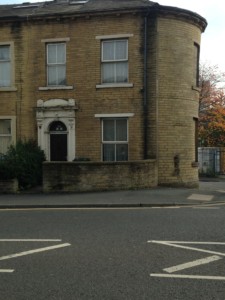

As we moved further into the neighbourhood, restaurants – mainly Asian fast food, but pizza restaurants and one Omar Khan’s (known Indian chain restaurant) at the corner – caught our eyes. The housings seemed old and small. As Giselle told us, people colloquially call them ‘two up, two down’, meaning two rooms at the bottom and two rooms upstairs. In general, housing in this area is mainly terrace housing, made of light coloured stone. The streets are fairly paved. The people living here have no lawns but bushes and pavement in front of the houses. Back alleys, which are typical for British working-class housings, could not be found.
Down the road we passed a second big Church (Serbian orthodox), a sign for a mosque and a madrassa (school for Qur’an teachings), but also a big polish supermarket that used to be a church building, followed by a second mosque. Later, we also found a Quaker building and a second madrassa. Here, lots of Pakistani and/or Idian looking kids were coming from inside and were being picked up by their mothers.
No DSS!
All the buildings were made of stone. A fact that made us think that this neighbourhood used to be a upper wealthy area, whereas it is mostly run down now. Some streets were very well kept, most of them were not and the houses displayed a mixture of different stages of renovation. Lots of them had ‘rooms to let’-signs on them, some said ‚No DSS’. That refers to the Department of Social Security and means the proprietor is only looking for people in employment. People on DSS benefits are not accepted.
As we came near our interview site we passed a used furniture place. Just next door to it we found a group home with two men standing outside and a polish community centre with three men lounging about and drinking beer. We went by the housing project we wanted to visit the next day. Then, at the end of the street was a house with loads of rubbish in the garden. However, we could also see a house with a large vegetable garden in the front.
Finally, we went up the main street, where the house had three stories. Maybe the used to be middle class houses in the time they were build. We went up a small hill towards the large mosque and came by a college with sport fields in the back. We cut across this area and came by student housings. As we recognized, there were only few people: Asians, old people, more men than women. We met almost no people in the residential side streets. In addition, we couldn’t find any super markets in this neighbourhood, only small convenient stores.

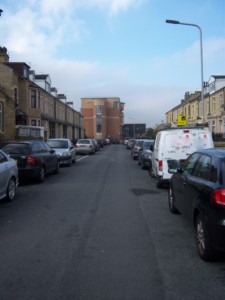
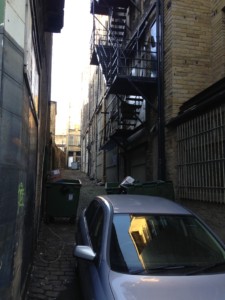
The City Centre
A few days later, we also visited the city centre that was quite busy. It gave us a broader idea of the city. We saw some people sleeping rough here in some corners. A lot of the buildings were closed and shops to let. Those shops that were open were mostly cheap department store (1-Pound-Stores). We also found some advert signs for a Diwali-festival that gave us a clue of the religious diversity of the city. Further impressions were some charity shops, two casinos, a couple of bingo places, stores for mobile phones and chain restaurants (Mc Donald’s, KFC, Costa) – they were all crowded. Yet, we couldn’t find no ‘nice’ cafés. For lunch, we went to practically the only pub in the city centre, which was entirely male, old and white. Except for a few white women. They were all drinking beer.
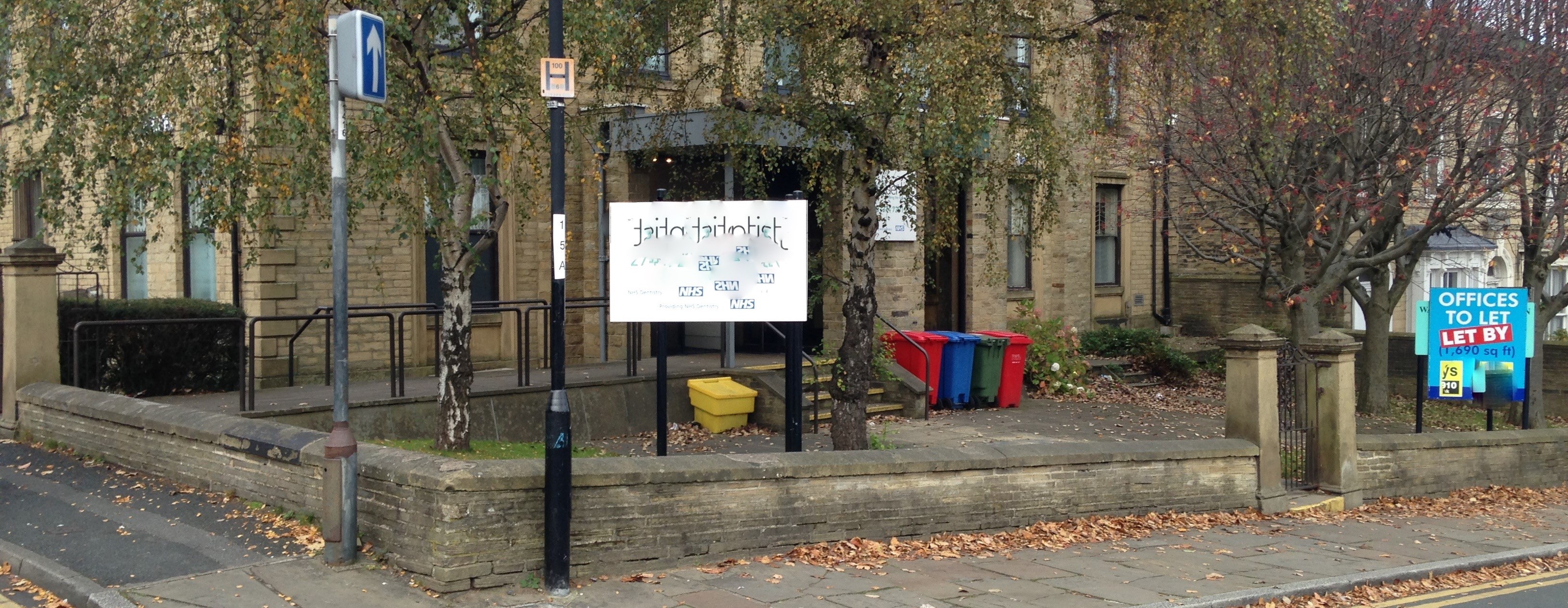
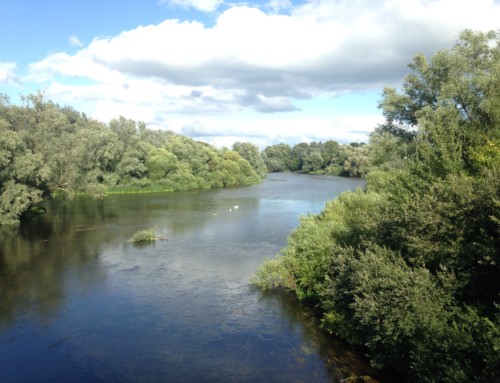
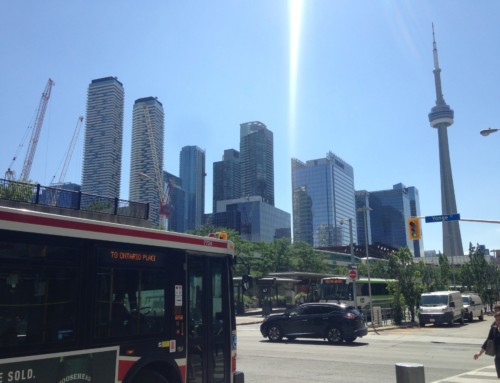
Leave A Comment